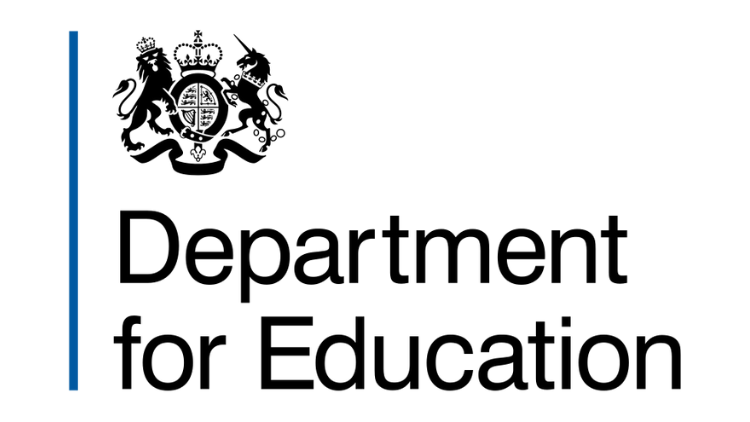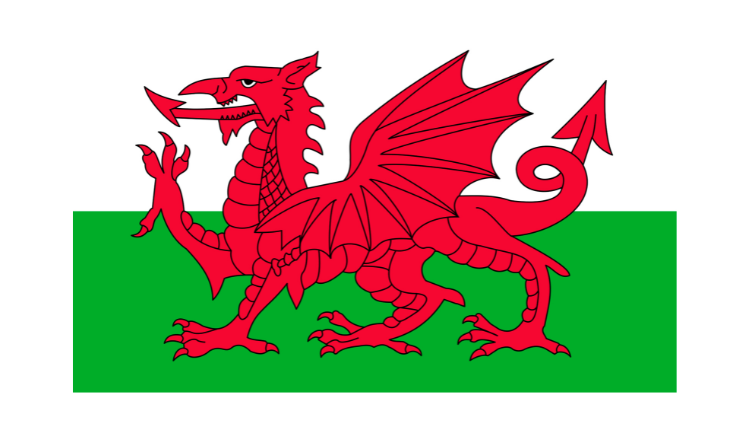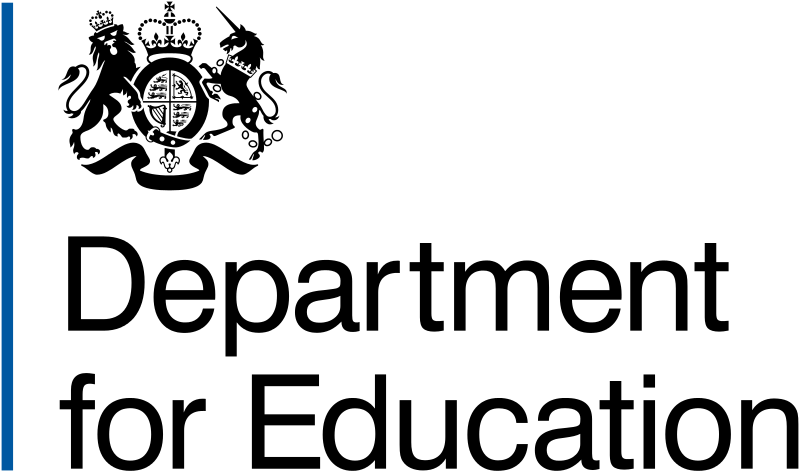The Government’s Office for Product Safety and Standards (OPSS) has issued a Product Safety Alert for a product commonly known as ‘water beads’. Water beads are superabsorbent polymers (SAPs) which can expand to over 400x their size and pose a serious risk of harm to children if swallowed or accidentally inhaled. There have been cases of child fatalities linked to these products.
Water beads are used as toys, in crafting, home decor or floristry and are marketed under different names – the product safety alert lists these here.
The alert outlines the following advice for consumers, childcare and education settings:
- Water beads should be kept away from young children, under 5 years of age. If you possess water beads, always store them out of sight and reach of children.
- It is recommended that caregivers of young children, under 5 years of age, avoid having water beads in their household or classroom, even if intended for an older child or adult use. This is because young children have the highest propensity to put things in their mouths.
- When using water beads with older children, ensure they are used under close adult supervision. Ensure water beads are not swallowed, that the area is thoroughly checked to ensure no water beads have rolled away, which later could be found by a child. Only allow children supervised access to a limited number of water beads at any one time.
- Be aware of risks to older children and vulnerable adults, including people with special educational needs and disabilities which may make them more likely to mouth objects.
- Be aware of signs that could indicate accidental ingestion, like vomiting and stomach pain. Remember, a child may only show symptoms, hours or even a day or more after swallowing a bead. If you suspect water beads have been swallowed, seek immediate medical attention. If you can, bring a sample of the product.
- Be aware of signs that could indicate choking, such as difficulty breathing, speaking, crying or coughing or other signs of distress, such as pointing to their throat, grasping their neck or a face that turns pale and blue-tinted.



